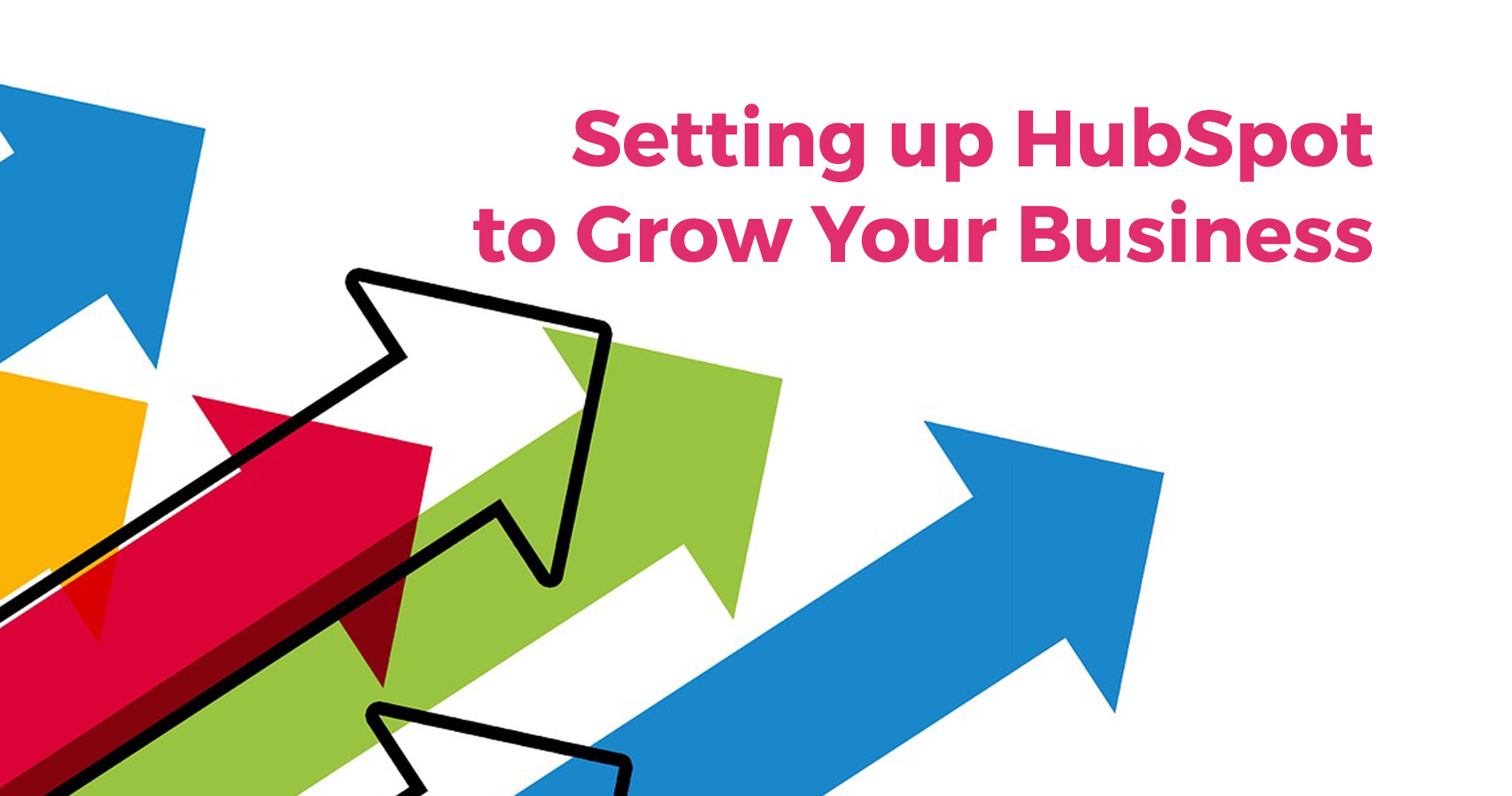Imagine you ran your business from a shop, or workshop, or factory or whatever physical premises suits your type of business.
Now imagine its huge, in terms of being able to stock anything you’d like to stock and having everything set up on a display so that customers can find out what they need to know.
Customers can learn all they need to know to use your product or services effectively. see the products or services in action, and even get recommendations and testimonials from the other customers in the shop for what they are looking to buy.
There’s enough staff to handle every enquiry, sales transaction, customer onboarding, customer training, returns, FAQ’s etc. etc.
The store is super slick and fancy with the latest retail design ideas on show, lots of glass maybe or white space like some sort of spaceship Apple store, or a more homely comfortable and cosy feel to it.
The customer journey is effortless. From spending time to learn about your product, to becoming convinced it’s the right thing for them to buy, the process is frictionless for the client right through the purchase and aftersales process.
And there is a healthy aftersales community too, where users become fans, and then advocates for your brands products and services.
And best of all, it’s built in the number one location in town, where almost everyone goes to buy things, meaning there is a constant flow of customer through the door.
You’ve probably guessed I’m talking about your website. And specifically, the way you are set up to attract, convert and delight your customers.
I really like this analogy for Inbound marketing as it’s easy to see the difference between Inbound, and more traditional ‘Outbound’ marketing.
What does Outbound look like?
In contrast to your ‘super’ store, the Outbound model looks a little like this:
You’re calling or emailing or even face to face knocking on doors, trying to speak to people that don’t want to talk to you, and trying to sell to people that don’t want to be sold too.
You have to overcome this indifference if not outright hostility to you in order to even engage in a conversation that aims to see if you can actually help the ‘prospect’ or not. You have to dig away at the force field the prospect uses to protect themselves until, according to the law of averages you finally find someone that’s interested in what you have to say.
Then, assuming you are the ‘tip of the spear’ you might have to hand over that prospect to someone else, equally capable of messing up the sale for you.
Let’s face it, no one wants to be sold too. On the other hand, people love to buy. You must set up your business to work the way your customers want to work, not to put obstacles in their way.
Go with the flow, don’t make it hard for people to do business with you. Adapt and change to the way people want to work with you. Don’t forget, this ‘digital transformation’ has never happened faster than during this time of pandemics and social distancing.
Selling as we once knew it, might well have taken a fatal blow. Now it’s time to serve your customer and provide them with what they are looking for, rather than forcing your agenda down their throat.
Let’s look at the customer journey, in simple terms, from the perspective of the customer.
Outbound
- I’m likely interrupted by someone I don’t know
- Or pestered by sales messaging that interrupts my content
- Asking questions, I’m cautious about answering (who are they?)
- Trying hard to stay polite while I get rid of them
- If I am interested, I’m suspicious of their motives
- Are they in this for them, or me?
- They feed me information as they see fit
- And maintain control of the process
- Pricing is not transparent
- Guarantees are maybe thin on the ground or not believable
- The Seller is in control.
Inbound
- I discover a need or want
- I search in my own time for a solution to that need
- I dictate the speed of engagement
- I dictate when how I want to talk to the supplier
- I’m able to use multiple sources to verify the information I gather
- Almost all the information I use is ‘peer reviewed’
- Pricing tend to more transparent
- Customer reviews point to good and bad experiences
- I’m able to make a fully informed decision before I buy.
- I’m in control
It’s pretty clear when you look at things like this, with the customers best interests in mind, which way you need to build your business.
Whether you have a physical store or shop or other premises or not, the opportunity of getting online with a modern digital marketing perspective is essential.
We must take into account the way people buy and want to buy. We must take into account that the world has shifted away from the legacy one sided dynamic where business controls what people know and buy, to realise that like never before the customer is king.
Its time to take action now. The world is still turning, and thing are changing faster than ever before. Can you really put off making these decisions any longer?






